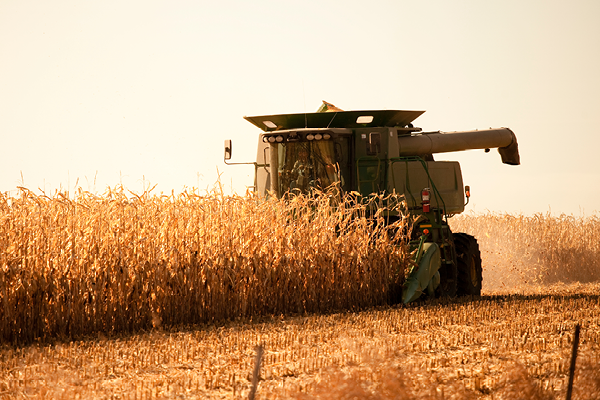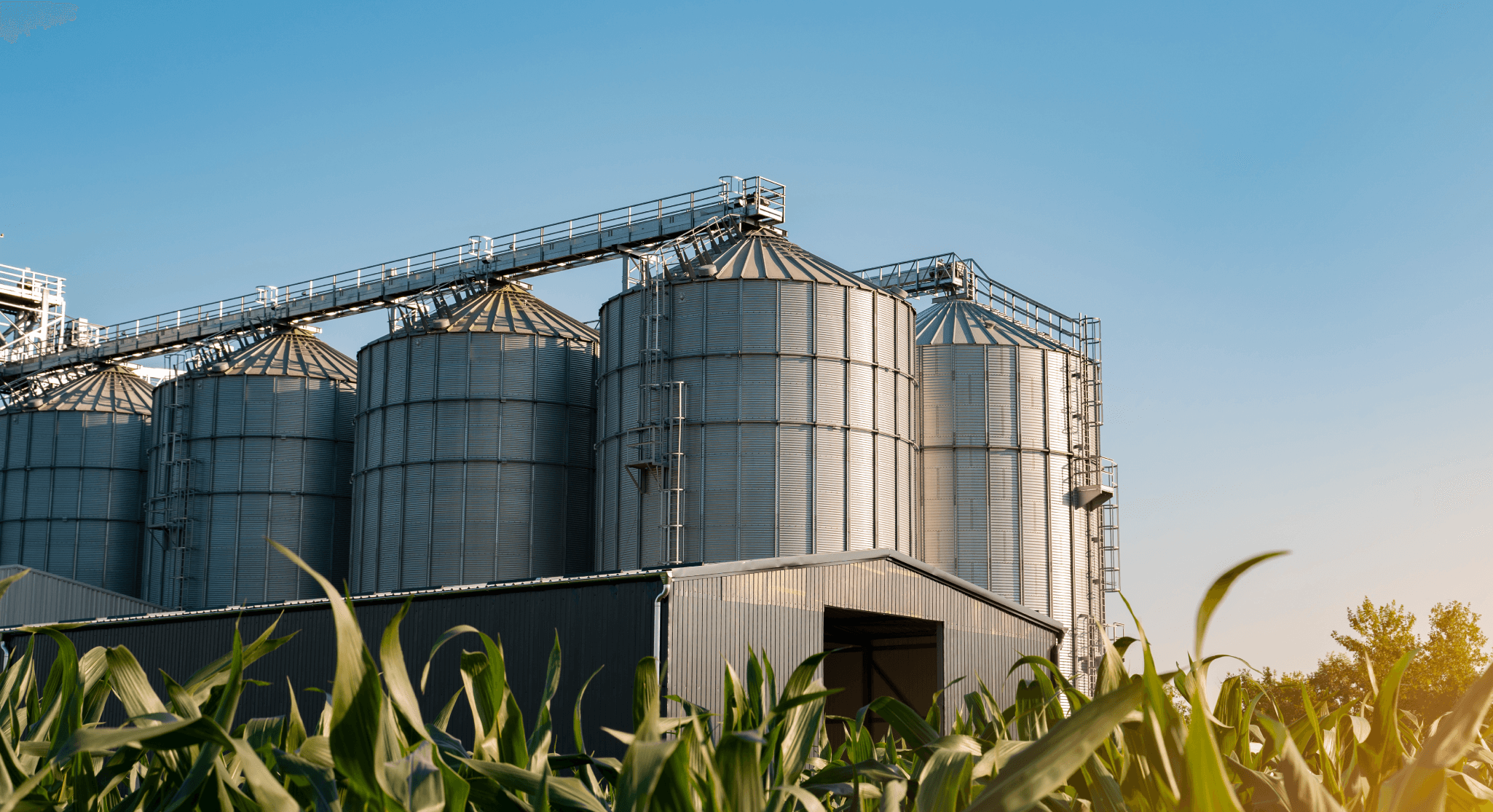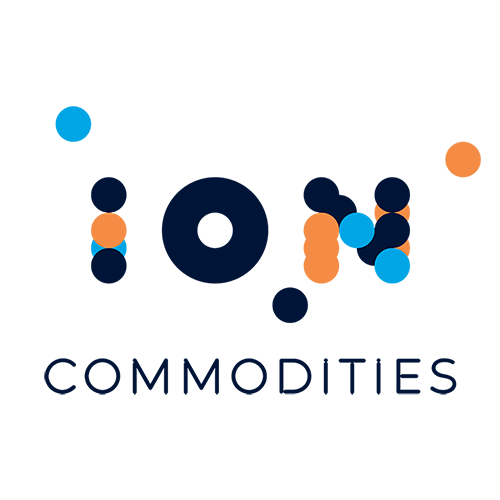Blockchain food traceability can revolutionize the industry
Blockchain food traceability is gaining momentum in the global agrifood sector. The ability to instantaneously trace the entire lifecycle of food products from origin through every point of contact on its journey to the consumer bolsters credibility, efficiency, and safety. Consumers could trace their food from “farm to fork” by scanning a QR code. Blockchain holds the promise of disruptive transformation, but not without potential roadblocks along the way. Transparency can be a double-edged sword in a dynamic market environment.
Blockchain technology
Cryptocurrency speculation has introduced the world to blockchain technology. Blockchain is an immutable distributed ledger of digital transaction data that is continuously authenticated with each new transaction linked together in the chain. This efficiency literally eliminates the need for third-party processors, while providing transparency and efficiency for dealers, suppliers, and counterparties.
Implications of food safety
With growing global supply chains, food safety is a top concern for both consumers and regulators. The World Health Organization (WHO) estimates that 420,000 people die annually from food contamination, which affects one in 10 people worldwide. Children under the age of five are at the highest risk, with 125,000 children dying every year from foodborne illness, according to WHO.
Blockchain enhances transparency
Blockchain enhances the ability to quickly pinpoint potential sources of contamination to prevent, contain, or rectify outbreaks efficiently. Transparency in terms of blockchain food traceability can validate and authenticate food origin and improve brand credibility. Additional benefits include fraud prevention and the ability to tackle outbreaks better through prevention methods that can help minimize food testing expenses and improve margins.
The Walmart pilot
Tracking a package of sliced mangoes purchased from a Walmart store took an internal team six days, 18 hours, and 26 minutes to complete, reports Fortune. This prompted Walmart to begin pilot testing using blockchain for traceability. Fortune notes that the blockchain pilot could trace the sliced mangoes through every checkpoint from a Mexican farm, to a hot-water treatment plant, to an importer, to a US processing plant, to a cold storage facility, and finally to Walmart. Blockchain technology could cut down the time to trace the same sliced mangoes to just two seconds, according to Fortune.
Carrefour blockchain integration
Europe’s largest retailer, Carrefour, has integrated blockchain food traceability for free-range chickens in Auvergne, France. This enables shoppers to track each stage of production through their smartphones, reports Reuters. By the end of 2018, Carrefour planned to expand blockchain to other food items including honey, eggs, milk, tomatoes, hamburgers, and salmon. Swiss food company Nestle and British-Dutch Unilever have also participated in blockchain projects to improve food supply chain transparency, according to Reuters.
Limitations of blockchain
There are inherent limitations to blockchain food traceability adoption. For blockchain to be effective, there must be participation from all parties and points of contact involved. Additionally, data integrity lies in the hands of the data collectors and needs a system of validation to avoid tampering. Having a unified system with definitive standards and regulations is the major barrier to adoption.
The regulators
Regulators are making strides to improve food safety measures. In the US, the Food and Drug Administration (FDA) and the Department of Agriculture (USDA) collaborated efforts to implement the Food Safety and Modernization Act (FSMA), which increases controls and preventative measures on food imports. Further efforts to ensure the safety of food exports are implemented in the Foreign Suppliers Verification Programs (FSVP), with compliance dates that span as far as July 2020, according to the FDA.
The European Union (EU) implemented the Trade Control and Expert System (TRACES) for food traceability and risk-management functions, which can trace traded goods throughout the production chain for animals, plants, or animal-based products. The rapid early warning system (RASFF) is in place to react quickly to stem outbreaks and foodborne illness, notes the EU. Integrating blockchain technology to enhance these systems has potential and probability.
European Commission and blockchain
The European Commission has demonstrated an affinity for the many benefits of blockchain by providing funding projects through the EU’s FP7 and Horizon 2020 research programs since 2013. In February 2018, the European Commission reported that it launched the EU Blockchain Observatory and Forum to further promote the awareness and engagement of blockchain technologies throughout European industries.
The market transparency paradox
Transparency pertaining to food traceability is good. However, when that transparency can be used as a strategy to exploit market pricing dynamics, then it can be a deterrent. The nature of a dynamic pricing market is for participants to gain transparency to capitalize on pricing inefficiencies. This mechanism is what keeps markets competitive with participants constantly buying, selling, and hedging to improve margins. Participants and counterparties are naturally leery of providing too much transparency that may expose pricing and hedging strategies.
The migration to blockchain
Blockchain is making headway in financial and manufacturing sectors in terms of optimizing processes and improving efficiencies. As the agrifood sector embraces the benefits of blockchain technology, the need to stay competitive is what will ultimately drive the migration to blockchain. It’s the nature of markets that mandates competitors to stay relevant to survive.

Discover what ION can do for you.
Over 300 unique agricultural organizations rely on ION solutions to manage their risk. Download the ION for Agriculture brochure to learn more today.

